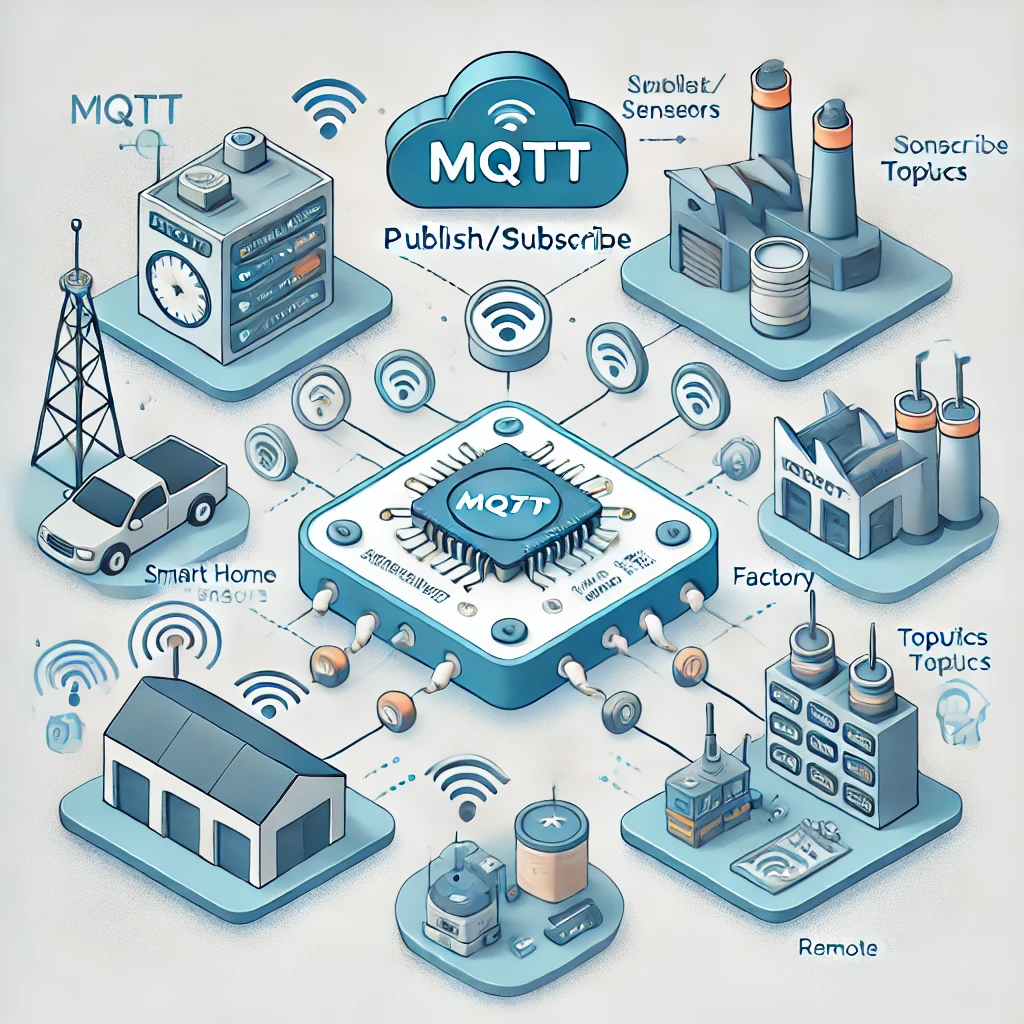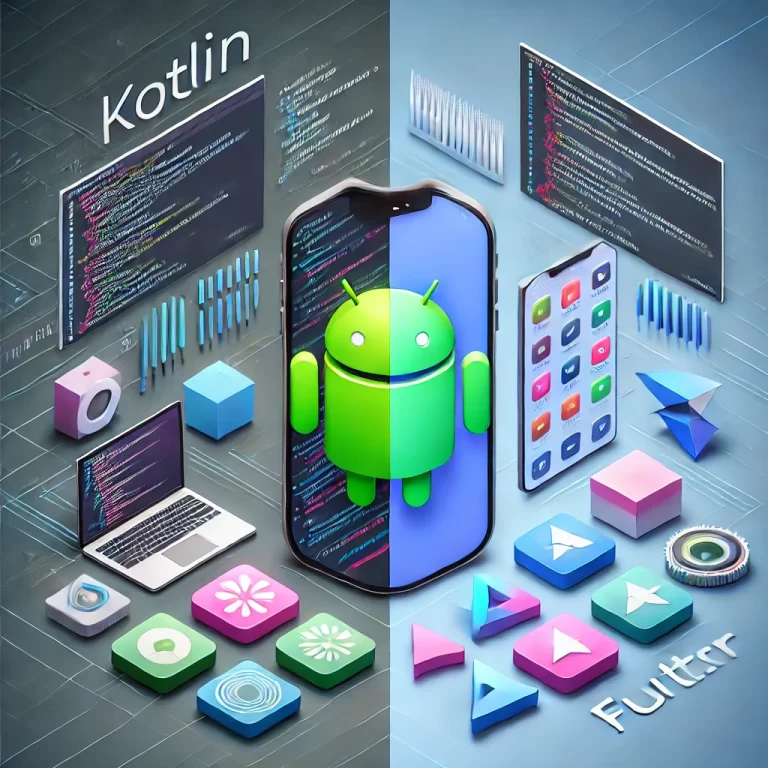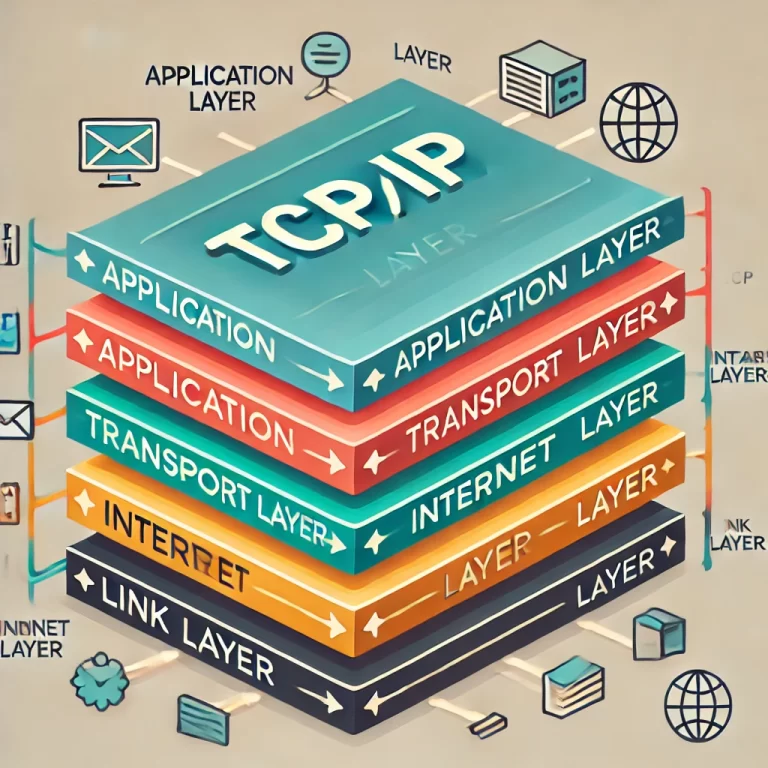The MQTT (Message Queuing Telemetry Transport) protocol has emerged as a core technology in IoT communications. It provides an efficient, lightweight way to transfer data between devices, making it an ideal choice for IoT applications with low bandwidth requirements or devices with limited processing power. Here, we’ll explore the essentials of MQTT, how it works, and its benefits for IoT systems.
What is MQTT Protocol?
MQTT is a publish/subscribe messaging protocol designed for lightweight machine-to-machine (M2M) communication. Developed in the late 1990s, it was initially created to connect sensors in remote oil fields over low-bandwidth satellite links. Today, it’s one of the most widely used protocols in IoT applications, ranging from smart home devices to industrial IoT setups.
Key Features of MQTT
- Publish/Subscribe Model: Unlike traditional request/response protocols, MQTT uses a publish/subscribe model where devices (publishers) send messages to a central broker, and other devices (subscribers) receive these messages based on their subscriptions.
- Lightweight Protocol: MQTT minimizes bandwidth usage, making it suitable for environments with limited connectivity. Its small packet size allows data to be transmitted with minimal delay, even on low-speed networks.
- Quality of Service (QoS) Levels: MQTT offers three levels of message delivery guarantees:
- QoS 0 (at most once): The message is sent once without confirmation.
- QoS 1 (at least once): Ensures the message is delivered at least once, with possible duplication.
- QoS 2 (exactly once): Guarantees message delivery without duplicates, though it adds processing overhead.
- Persistent Sessions: MQTT supports session persistence, enabling devices to reconnect and resume communication from where they left off without losing critical data.
How MQTT Works
The MQTT protocol operates using three main components:
- Publisher: The device or application that sends data to the MQTT broker.
- Subscriber: A device or application that receives messages from the broker based on specified topics.
- Broker: The central server that routes messages from publishers to subscribers. Popular brokers include Mosquitto and HiveMQ.
Each device publishes messages to specific “topics.” Subscribers can subscribe to these topics, allowing them to receive relevant data in real time.
Why Choose MQTT for IoT Applications?
- Reduced Network Usage: MQTT’s small packet size ensures efficient data transfer, minimizing the impact on network performance.
- Flexible Scalability: The protocol supports large-scale deployments, making it suitable for small IoT networks and extensive industrial IoT solutions.
- Enhanced Reliability: With three levels of Quality of Service (QoS), MQTT offers flexible delivery guarantees that suit various applications.
- Power Efficiency: Devices can remain in low-power states, using minimal resources while still maintaining connectivity through persistent sessions.
Use Cases for MQTT
- Smart Home Systems: MQTT is widely used in smart home devices, allowing for real-time control of lights, thermostats, and security systems.
- Industrial Automation: Factories use MQTT for sensor monitoring, ensuring that machines operate efficiently and that data flows seamlessly between systems.
- Remote Monitoring: MQTT enables real-time monitoring of remote devices, making it ideal for applications like pipeline monitoring and weather stations.
Setting Up MQTT in Your IoT System
- Install an MQTT Broker: You can use open-source brokers like Mosquitto or cloud-based options such as AWS IoT Core.
- Configure Topics and QoS Levels: Define your topics and determine the Quality of Service level that suits your application.
- Develop Publisher and Subscriber Applications: Use programming languages such as Python, C, or JavaScript to create your MQTT publisher and subscriber applications.
- Test and Optimize: Test the system under real conditions, monitoring bandwidth usage, latency, and message delivery success rates.
Security in MQTT
While MQTT itself does not include built-in security features, you can secure your MQTT implementation by:
- Using Transport Layer Security (TLS) for data encryption.
- Implementing authentication and authorization mechanisms.
- Regularly updating software to protect against vulnerabilities.
Conclusion
The MQTT protocol is an essential tool in the IoT landscape, facilitating reliable and efficient communication between devices. Its lightweight design, flexible QoS levels, and scalability make it suitable for a wide array of applications. By understanding and implementing MQTT effectively, you can create robust IoT systems capable of handling complex tasks with minimal resource usage.




